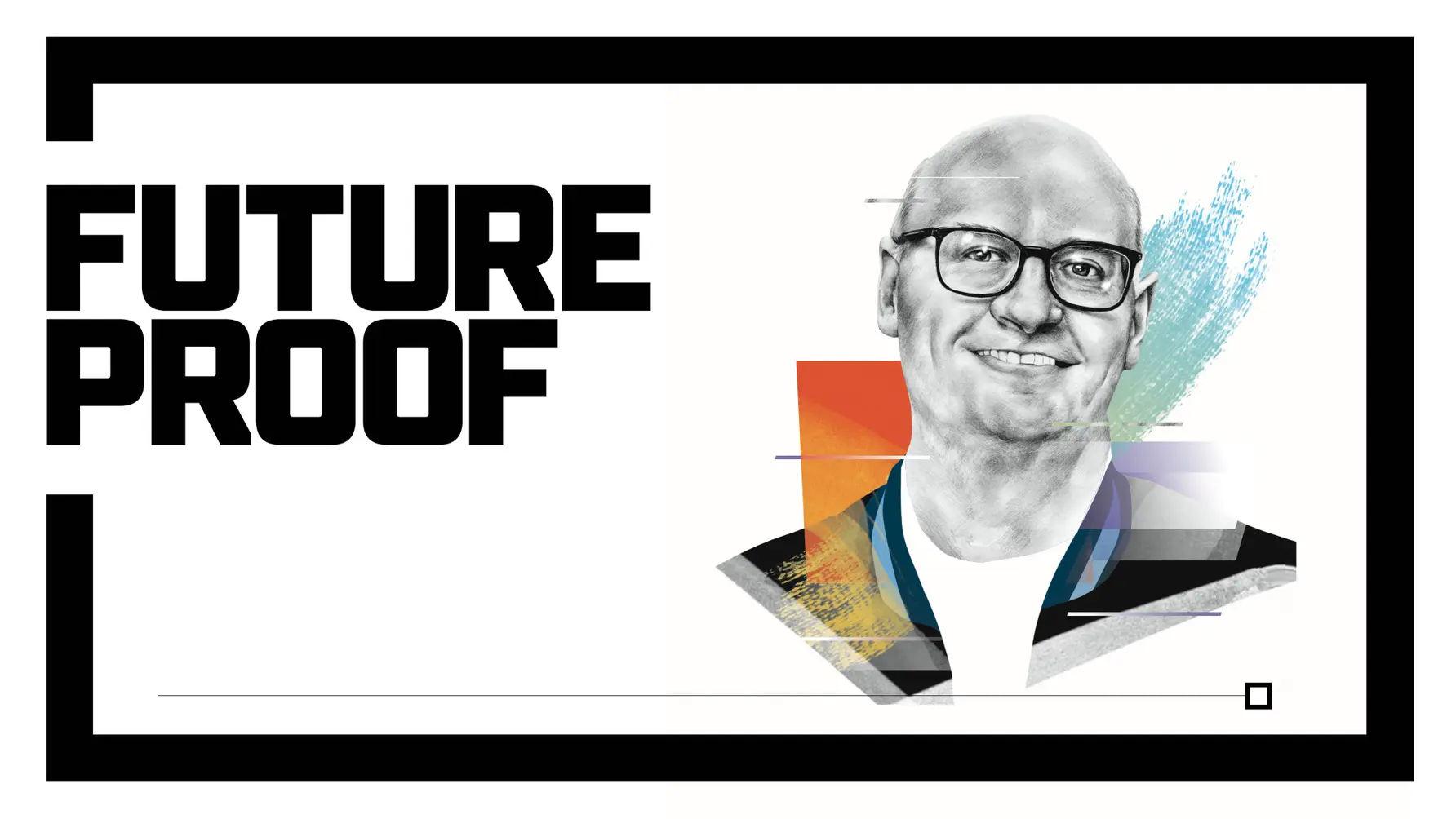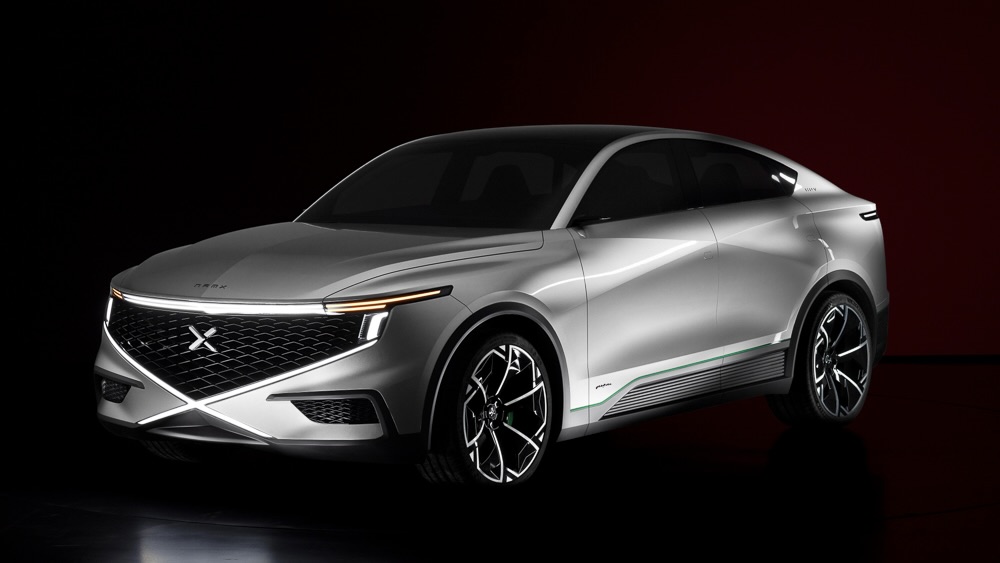
Opinion: is NamX's hydrogen-electric crossover using the wrong tech?
This startup car company needs to look at the existing infrastructure first, reckons Paul Horrell
I’m standing at the Paris Motor Show looking at a brave new green car. All I can think is, I might be wrong here but too often the cleverest ideas turn out to be the dumbest.
The car in question is branded NamX. It’s a biggish electric crossover that’s been designed by Pininfarina. Not a great start, mind. Of the few new cars at Paris, most were also biggish electric crossovers from startups who’ve used the otherwise underemployed Italian carrozzeria. So far then, so unexceptional, even if the NamX looks more distinctive than those others from Wey, Vinfast, BYD, et cetera.
The real NamX difference is that it’s powered by electricity from a fuel cell rather than a battery. And what’s even more different is that beyond the main fuel tank there’s also a space for smaller removable capsules. So you don’t need a conventional hydrogen filling station (they’re far apart and expensive to build) because you can have the capsules, refilled with green hydrogen, delivered to home. Then just swap them out like the butane cartridge on your camping stove. Or you can buy them at roadside pick-up points. Sound like your sort of car? You can preorder now online. All major credit and debit cards accepted.
It’s so clever. Environmental cost of battery manufacture? Solved! Recharging times? Solved! Hydrogen availability? Solved! CO2 emissions from petrol? Solved!
Yet so dumb. First, is now the time to try another form of infrastructure? Electricity is on every street, in every lamppost and building. Yet still there isn’t enough investment to make charge spots by spurring off those wires. Will we really get over the chicken and egg threshold of providing hydrogen capsule swap points, even if the capsules are open-source standardised?
Worse than that, NamX ignores the efficiency disadvantage of hydrogen. Basically, when you put a unit of electricity into producing green hydrogen, you can drive a fuel cell car a mile. Put that same unit directly into an EV’s battery and you can drive three miles. Until we have unlimited electricity – don’t see that any time soon – we need to use it as sparingly as we can.
That doesn’t mean hydrogen has no place. It’s expensive to transmit electricity over long distances. So when the world starts generating lots of low cost renewable energy in remote places – wind in the tundra, solar in the deserts – then it’s a good idea to use this to produce green hydrogen, and transport it to where the fuel cell vehicles are. But frankly, battery cars work well enough; hydrogen would be better used in trucks, aircraft or home heating. (Or we could use that remotely generated electricity to synthesise renewable ‘petrol’ for our existing cars.)
So NamX is launching a new car that’s expensive, has no brand awareness, unproven technology, no existing infrastructure, and a battle against the relentless inefficiency logic of its chosen fuel. I wish it success. I predict failure.
Top Gear
Newsletter
Thank you for subscribing to our newsletter. Look out for your regular round-up of news, reviews and offers in your inbox.
Get all the latest news, reviews and exclusives, direct to your inbox.
Trending this week
- Car Review
BMW 1 Series
- Top Gear's Top 9
Nine dreadful bits of 'homeware' made by carmakers









